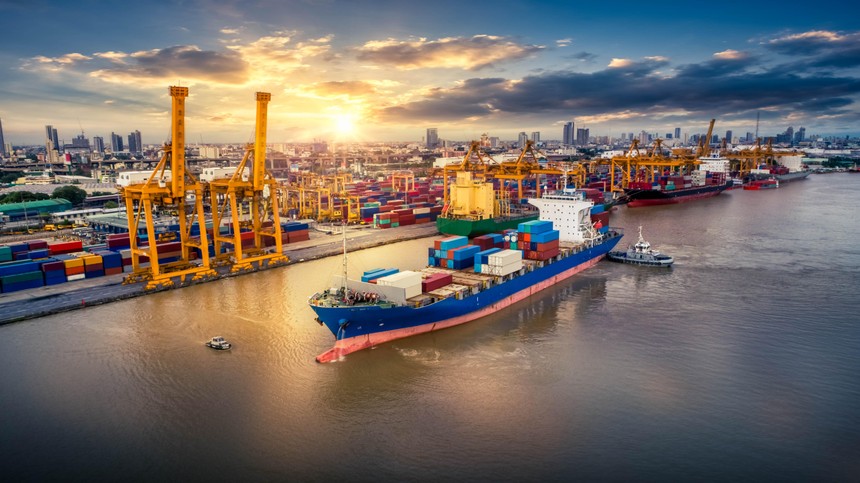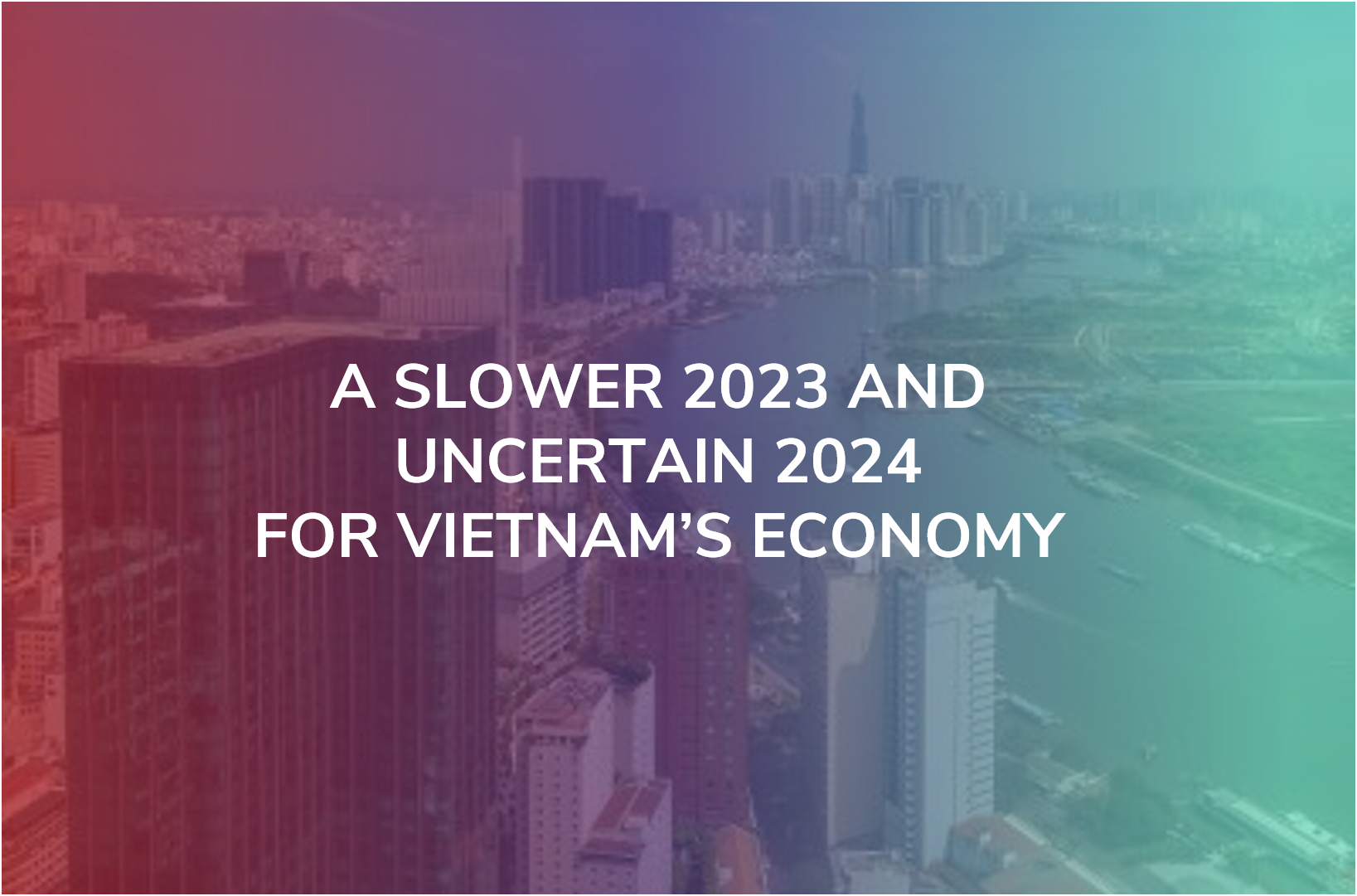Near-Shoring: A Top Trend In 2024 May Affect Vietnam
Near-shoring is a trend in which companies move their manufacturing or service operations closer to their home markets, often bringing them back from overseas locations. This contrasts with offshoring, where businesses outsource these activities to countries with lower labor costs. The near-shoring trend has gained momentum for several reasons:
Proximity to Market:
Near-shoring allows companies to be closer to their primary markets. This proximity can reduce lead times, improve responsiveness to customer demands, and enable faster shipping of products.

Supply Chain Resilience:
The COVID-19 pandemic highlighted vulnerabilities in global supply chains, leading many companies to reassess their risk exposure. Near-shoring provides a way to create more resilient and agile supply chains, reducing the impact of disruptions.
Cost Considerations:
While labor costs might be higher in near-shore locations compared to off-shore destinations, companies consider the total cost of ownership, factoring in shipping costs, inventory carrying costs, and potential risks. In some cases, the overall cost may be competitive or even advantageous.
Quality Control:
Being closer to manufacturing or service operations allows companies to have better control over product quality and process efficiency. This proximity can lead to tighter oversight and quicker resolution of issues.
Logistical Efficiencies:
Near-shoring can simplify logistics and transportation, reducing the complexity and time associated with shipping goods across long distances. This can be particularly important for industries with time-sensitive products.
Technology Advancements:
Advances in automation and technology have made it more feasible for companies to bring manufacturing closer to home while maintaining cost competitiveness. Automation can offset higher labor costs in near-shore locations.

Environmental Considerations:
Some companies are motivated by environmental sustainability goals. Near-shoring can reduce the carbon footprint associated with long-distance transportation of goods.
Changing Labor Dynamics:
Labor dynamics in traditional off-shore locations may evolve. Rising labor costs in some of these countries, along with potential shifts in skill availability, may make near-shoring more attractive.
Trade and Tariff Uncertainties:
Trade tensions and uncertainties around tariffs can make near-shoring more appealing, as it reduces exposure to international trade risks.
While near-shoring offers advantages, the decision to near-shore is context-dependent, and companies need to carefully evaluate their specific needs, industry dynamics, and the economic landscape. The near-shoring trend is likely to continue evolving as global conditions, technologies, and business strategies develop.
Metta Marketing
Born to build Brands










